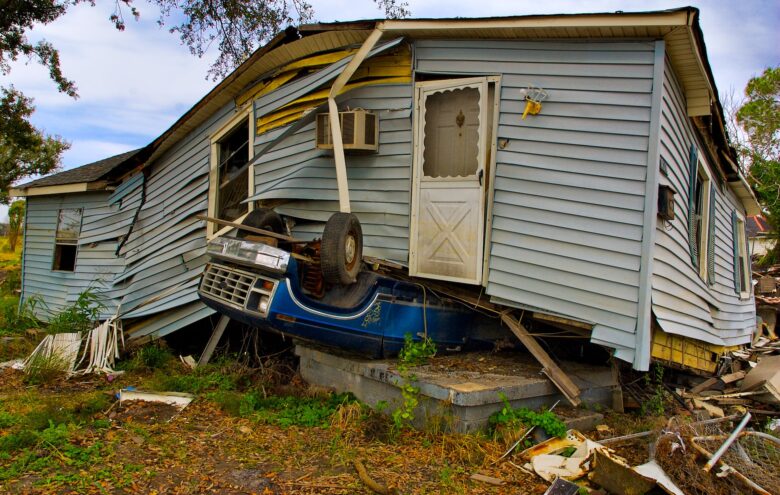Hurricane Hilary, currently gambling with Mexico’s Pacific coast, has caused a flurry of disruption in southern California. Even though her tropical wrath has somewhat dampened, US meteorologists are still warning citizens of potential life-threatening flooding. The storm’s trajectory has already influenced Major League Baseball to reschedule its calendar and led SpaceX to delay the spectacle of another rocket launch until the dust literally settles.
The tropical storm, a rare phenomenon for the region, is the first to swirl towards the US state in over 80 years. The last time southern California witnessed such turmoil was in 1939 in Long Beach. The National Hurricane Center (NHC) has also reported heavy precipitation across parts of Mexico’s Baja California peninsula and the south-western US.
Amid the looming shadows of the staggering record-breaking heat of July 2023 and the ravaging Hawaiian wildfires, the storm comes as a stark reminder to citizens and government officials of the effectiveness of their weather resilience strategies. Citizens are being urged to heed local officials’ advice and take necessary precautions.
Yet, it’s not just California in the eye of the storm. Part of Mexico has also found itself under a tropical storm watch, with Mexico’s government deploying 18,000 soldiers on standby for potential rescue missions. Even the US National Park Service has had to close off Joshua Tree National Park and Mojave National Preserve due to flood risk concerns.
According to the NHC, some areas of southern California and southern Nevada could witness staggering rainfall reaching up to 10 inches. They further warn of the possibility of flooding, ranging from dangerous to catastrophic. The fierce storm, currently intensified by winds touching 100 mph, escalated up to Category 2. Although there’s a forecast of weakening to a tropical storm before reaching Southern California, Hurricane Hilary is heading full throttle to make landfall.
This rapid warming pattern noted in the eyewall and rainbands has alerted San Diego’s National Weather Service (NWS) to issue a high-potential flash flooding warning, expanding the specter of flood watch to nearly 26 million people in the south-western US.
Many experts are attributing these fluctuating weather events to anthropogenic climate change, which has been relentlessly influencing weather patterns across the globe. In response to this, local officials in several cities have commenced offering sandbags to citizens to protect their properties against the looming floodwaters.
Further north, the NHC, in its latest update, stationed Hurricane Hilary around 285 miles off Baja California’s westernmost point of Punta Eugenia. According to John Cangialosi, a senior hurricane specialist at the NHC, Hilary appears to be weakening swiftly. Despite the hurricane, initially a massive Category 3 storm with winds reaching 130 mph, reportedly lessening, it has undoubtedly magnified the damage caused.
The arrival of Hurricane Hilary coincides with the Federal Emergency Management Agency’s (Fema) advance placement of personnel and supplies facilitated by US President Joe Biden. Despite the unforeseen disruptions, the response indicates a more proactive and anticipatory approach to disaster management, which echoes wider societal changes in our understanding and response to the climate crisis.
The ghost of a shriveling Hurricane Hilary appears as a sizable warning for regions unaccustomed to tropical storms’ fury. As extreme weather events increase due to human-induced climate change, it becomes crucial for these areas to weave resilience and adaptability into their urban planning and emergency response practices.












